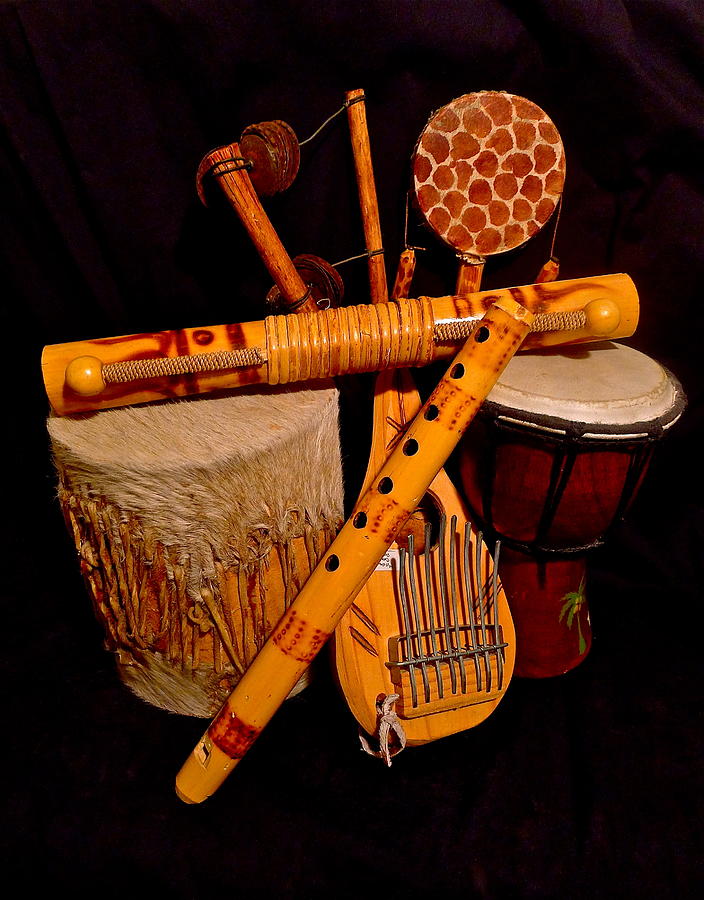Author: Anthony Phan
In the previous edition of this series, we addressed the importance of immersing oneself in a community. In this edition, we will delve into the treasure trove of activities and programs that are simply waiting to be discovered. As you may already know, Montgomery County’s Department of Recreation offers plenty of resources for caregivers and children alike. For some, this might be an invitation to venture across new horizons; but for others, it might be as overwhelming as navigating an endless sea. If you identify with the latter, then fear not. For you mustn’t forget that there other ships sailing beside you in this voyage of life.
In times of adversity, it can be helpful to recall what it was like to be a child. Perhaps you don’t remember much from your childhood; or perhaps you don’t want to. Regardless of what you’ve experienced in the past, it’s difficult to deny the blissfulness of youth. Children explore the world with a sense of innocence and open-mindedness. In doing so, they’re able to open their eyes and flourish with imagination and creativity.
As we grow older, we tend to drift away from the things of youth that brought us pleasure. We learn to prioritize our responsibilities and manage our time, but we end up overlooking the little things. These are the things that remind us of who we are. While it’s easy to neglect that which connects us to our younger self, it’s not too late to find our way back. Despite how long it’s been since you’ve expressed your creative side, take solace in knowing that it will always be there waiting for you. All you need to do is turn toward your mind’s eye and rekindle your inner child. The next time you encounter an unlikely endeavor, try to approach with curiosity, not judgment.
Montgomery County Recreation is the best place to start if you’ve a curious soul. It’s a welcome center for all those who wish to rediscover old hobbies or learn new ones. Simply put, it’s a way to take a break from the hectic routines of our daily complexities. If you’ve been searching for a home away from home, then look no further. The county’s recreation centers provide those who seek to better their lives with a vast array of activities and programs to choose from. These include, but are not limited to, arts and crafts, cooking, dance, fitness and wellness, sports instruction, martial arts, and music lessons. Whatever you decide to do, you’re bound to have a good time and make more friends. The important thing is that you do what you enjoy and maybe even try something new. It might be intimidating at first; but the only way to know what’s on the other side of the door that you so desperately want to open is to turn the knob.
For many caregivers there is the concern “who is going to care for my loved one when I am away from the home”. This is understandable and peace of mind is important when pursuing leisure/errand activities. Montgomery County government has a wonderful Respite Care Program that supports the family caregiver lead a healthy life, spend time for themselves and be away from the home without worry. Caregivers often utilize Respite Care so they can participate in a local class, restore friendships, take care of their own health and well-being, run errands, and so much more.
The idea is to rejuvenate from all the caring that you have done for others and have time for yourself!
(Definition of Respite Care: Respite provides planned short-term and time-limited breaks for the family caregiver.In Montgomery County, Respite Care is generally delivered in the family home by a trained, supervised, background checked care-aide assigned by a licensed Maryland eldercare agency.)
Click here to learn about Montgomery County's Respite Care
So the next time you wonder if you should reach out, take a chance and embark on an adventure; because sometimes, when you look for things, they might be there or they might not. But that’s what makes the joy of discovery greater. Often times, you’ll find that what you seek is where you least expect it. These unexpected moments are what remind us what it’s like to be a child again. As always, feel free to leave your thoughts in the comments section below. See you next time!
Citations
Montgomery County’s Senior Calendar
https://www.montgomerycountymd.gov/senior/calendar.html
Montgomery County’s Recreation Program
https://www.montgomerycountymd.gov/rec/activitiesandprograms/classes/
Montgomery County governments Respite introduction
https://www.montgomerycountymd.gov/hhs-program/ads/adsrespitecare-p235.html
The Arc Montgomery County - Respite Care
http://thearcmontgomerycounty.org/what-we-do/respite/
Montgomery County’s Recreation Program
https://www.montgomerycountymd.gov/rec/activitiesandprograms/classes/
Montgomery County governments Respite introduction
https://www.montgomerycountymd.gov/hhs-program/ads/adsrespitecare-p235.html
The Arc Montgomery County - Respite Care
http://thearcmontgomerycounty.org/what-we-do/respite/






